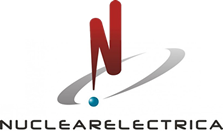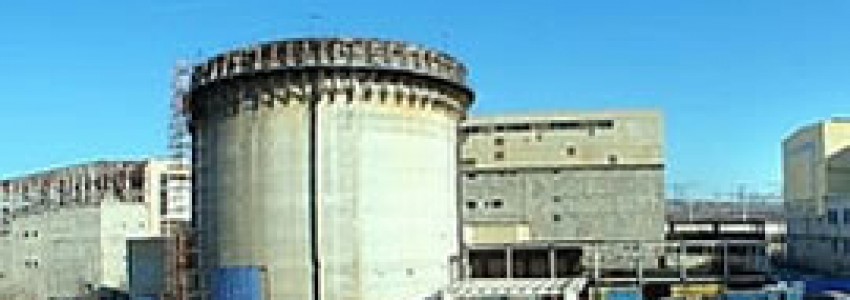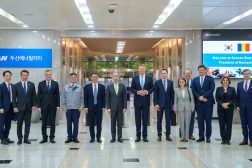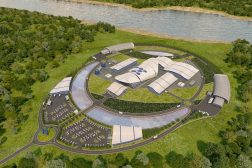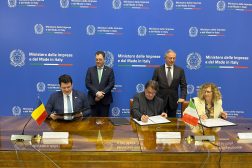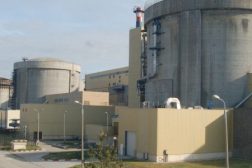Bucharest, November 4th, 2016
Press release
Regarding the status of the minority shareholder Fondul Proprietatea regarding the feasibility and opportunity to develop the Project Units 3 and 4 CNE Cernavoda, SN Nuclearelectrica SA is making the following statements:
I. From the point of view of long-term necessity in providing energetic security, source diversity, energetic independence and contribution in establishing the National Energetic System
- The Project Units 3 and 4 CNE Cernavoda shall replace, around 2025-2030, the current production capacity, which shall be decommissioned either from technical reasons, or due to the European energetic policy, as mentioned in the governmental Strategy for continuing the project, launched in 2014. Therefore, the doubling of the nuclear capacity shall replace an energetic gap, not representing a quantity addition.
- The European energetic strategy, adopted also by Romania as a member state, provides clear targets for decarbonization (a CO2 decrease by 40% until 2030), member states having the right to establish a balanced energetic mix providing not only the decarbonization target, but, simultaneously, the energetic system requirements. The renewable sources, of which importance is unchallenged in this context, cannot solely ensure these objectives, a balanced mix being necessary, where nuclear energy, by its characteristics, becomes a solution of the same importance. A balanced mix providing a robust energetic system, optimum operational and providing a state with the capacity to play an important part in the region, together with the necessities for its own consumers cannot be created on the bias of resources with a major role in the new energetic frame: nuclear energy vs. renewable energy.
II. From the point of view of advantages for SN Nuclearelectrica SA
- The Project of Units 3 and 4 CNE Cernavoda shall provide real economic-financial benefits for SNN through:
- Capitalizing the existent assets, under preservation, which currently do not generate any profit;
- Income from the operation of Units 3 and 4 by SNN, according to the provisions of the Strategy to continue the project;
- Income from providing fuel beams produced by FCN Pitesti, SNN branch, necessary to operate the two reactors;
- SNN shall receive dividends from the minority share in the company as independent energy manufacturer incorporated after the expiry of the term for the (of approximately 2 years) project company;
And at a national level by:
- Jobs for the building period (16000) and for the operation period (800 O&M + support services);
- The national and local economy, taxes and fees;
Therefore, evidently, SNN shall benefit, from the economic-financial point of view, from the Project Units 3 and 4 directly by concluding fuel operation and provision contracts and from cashing-in dividends. By default, in such situation, the SNN shareholders shall benefit in their turn from any economic-financial growth of SNN.
Also, the SNN shareholders shall not be impaired, under any circumstances, at this time, due to the fact that the effective contribution of SNN to the share capital of the new project company is in cash only in the amount of EUR 2 million, according to the project strategy. The rest of the SNN contribution to the share capital shall only be with the existent assets. EnergoNuclear shall be fully absorbed by the new project company, therefore the SNN investment in EnergoNuclear shall be recovered, without the possibility of any loss in this case.
III. From the point of view of the current market context
The current market context is characterized by the accentuated decrease of energy price and instability, which represents a major challenge for accomplishing any major investment project, considering the price role on the market. This context is specific to the member states of the European Union and even USA and Canada, not only Romania.
The current market situation is described by the specialists as being a market failure, generating the impossibility to perform new production capacities and replacement of those morally and economically used, gradually impacted by massive valorization and renewable sources.
The correction of the current market situation may come from major investment projects and legal amendments. But, these major investment projects, regardless of their source, need support systems.
These support mechanisms, the Difference Contracts type, are first of all used because there are distortions in the market, requesting their application. They do not represent the choice of the manufacturer. The Difference Contract is used by large manufacturers to balance the market situation. Such mechanism does not create a market distortion, but provides sustainability based on certain distortions existing on the market.
The Difference Contract, a mechanism already used by Great Britain to perform the nuclear project from Hinkley Point C is not a type of state aid, but a bidirectional mechanism thought as an alternative to balance the market, to force the manufacturer to sell in order to get the strike- price (therefore it provides sale competitiveness) and to protect against the legal and regulation risk. It is a mechanism based on market data allowing the performance of periodical analysis in order to drop the guaranteed price level if the costs prove to be lower than planned, therefore avoiding over-compensation, the reference price being a market price established a year before, in order to reflect the energy estimate price, based on average market prices.
In regards to the Project Units 3 and 4 CNE Cernavoda strike price level is not currently established, its establishment depending on a series of complex financial factors available after performing the feasibility study, subsequently to the incorporation of the project company. The price of EUR 82 /MWh represents the estimate market price by the European Commission for the period 2030-2050.
Also, considering the data estimated at European level and by the World Bank, one can foresee a price increase for energy, on a long-term basis. Corroborated, the Project Units 3 and 4 shall be operated during the interval 2025-2030, therefore, even though the project performance currently was involving the use of a support mechanism, the subsequent price evolution may transform this dual mechanism into a benefit for the end user.
Daniela Lulache
CEO


